Songwriting
As music therapists, we have to write a lot of songs. Sometimes we have time to think through the songwriting process and other times we have to write them on the spot. Throughout internship I’ve had the opportunity to write many songs. I have always loved songwriting, but writing for clients is so different from writing songs for yourself.
One process that is effective for writing for the clinic is from Laurie Farnan’s Composing Music for Use in Therapy.
Taking yourself through the songwriting process is fun and exciting. It’s also great practice for when you have to think of a song in the moment.
First, think about why you are writing your song. What is the purpose? Focus one task. It’s great to write down a list of key words that relate to the task. That way, you can stay on topic.
From this point, write lyrics. Create simple, repetitive lyrics.
Next, set the words to music. When doing this, make sure you use a small, singable range. Think about the range of the client that you are writing for. Accent your target words as well. Make sure they stand out.
We don’t always have to use this process, but it is a great process to use. Sometimes when I’m driving a melody will pop into my head and I’ll set words to that. Other times I’ll use a chord progression generator to create a melody. Piggyback songs are a good option too for some clients, especially if you are writing a song together.
There are so many ways to go about writing a song. Practicing these ways will help you when you have to think of a song on the spot.
What is your songwriting method?
-Rachel



